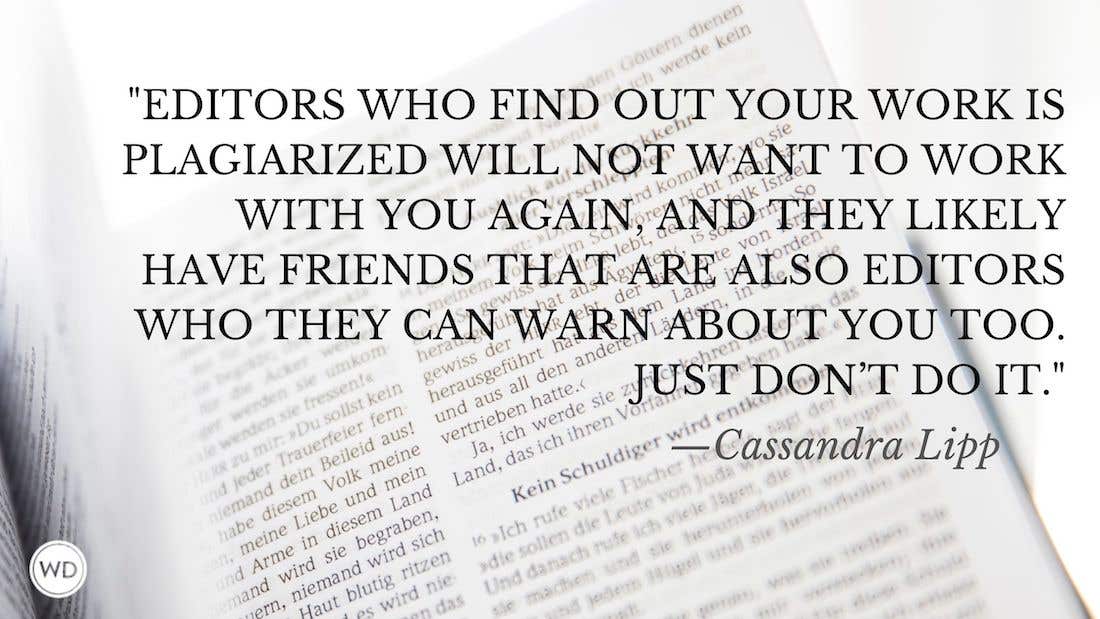Submit Your Poetry
Some tips about submitting poetry to magazines and publishers from Po
How many poems should I send when submitting to a magazine?
Usually 3-5 poems make up an "average" poetry submission to a magazine or journal. However, always check the market listings and writer's guidelines for editorial preferences.
Is it okay to submit handwritten poems?
No. Now and then a publisher or editor makes an exception and accepts handwritten manuscripts, but this is rare. Check editorial preferences in listings and guidelines. If no mention is made of handwritten submissions, assume your poetry should be typed or computer-printed.
How long should I wait for a reply?
Editors usually state their response times in their listings and guidelines. If a magazines says a response may take 3-6 months, don't contact the editor until at least 6 months have gone by. Then it's appropriate to send a polite letter inquiring about your poetry submission.
Can I send the same poems out to more than one magazine at a time?
If an editor specifically states in the writer's guidelines or market listing that simultaneous submissions are accepted, you're safe. If not, it's better to ask before submitting a batch of poems to more than one publication at a time. Same goes for chapbook and book manuscripts.
What does it mean when an editor says "no previously published poems"? Does this include poems that have appeared in anthologies?
If your poem appears anywhere in print for a public audience, it's considered "previously" published. That includes magazines, anthologies, websites and online magazines, and even programs (say for a church service, wedding, etc.).
What is a cover letter? Do I have to send one? What should it say?
A cover letter is your introduction to the editor, telling him a little about yourself and your work. Most editors indicate their preferences in market listings or writer's guidelines. If an editor states a cover letter is "required," absolutely send one! It's also better to send one if a cover letter is "preferred." Experts disagree on the necessity and appropriateness of cover letters, so use your own judgment when editorial preferences aren't clear.
A cover letter should be professional but allow you to present your work in a personal manner. Keep your letter brief, no more than one page. Address your letter to the correct contact person (or use "Poetry Editor" if you don't know the editor's name). Include your name, address, phone number, and e-mail address (if available). If a biographical note is requested, include 2-3 lines about your job, interests, why you write poetry, etc. Avoid praising yourself or your poems in your letter (your submission should speak for itself). Include titles (or first lines) of the poems you're submitting. List a few of your most recent publishing credits, but no more than five. (If you haven't published any poems yet, you may skip this. However, be aware that some editors are interested in and make an effort to publish new writers.)
Show your familiarity with the magazine to which you're submitting--comment on a poem you saw printed there, tell the editor why you chose to submit to her magazine, mention poets the magazine has published. Use a business-style format for a professional appearance. Proofread carefully; typos, misspellings, and other errors make a poor first impression. Remember, editors are people, too. Respect, professionalism, and kindness go a long way in poet/editor relationships.
What is a SASE?
A SASE is a self-addressed stamped envelope and should be included in every poetry submission you send out. You should also include a SASE if you send an inquiry to an editor. If your submission is too large for an envelope (for instance, a bulky book-length collection of poems), use a box and include a self-addressed mailing label with adequate postage paper clipped to it.
How much postage does my submission need?
As much as it takes. Purchase a postage scale or take your manuscript to the post office for weighing. Remember you'll need postage on two envelopes: the one containing your submission and SASE, and the return envelope itself. Submissions without SASEs usually will not be returned (and possibly may not even be read). Check the United States Postal Service site (www.usps.gov) for the latest information on rates (the Canadian site is www.canadapost.ca.).
Each edition of Poet's Market includes advice, interviews, and helpful information about writing and marketing poetry--not to mention over 1,800 publishing opportunities. Order the new 2005 edition of Poet's Market now!








